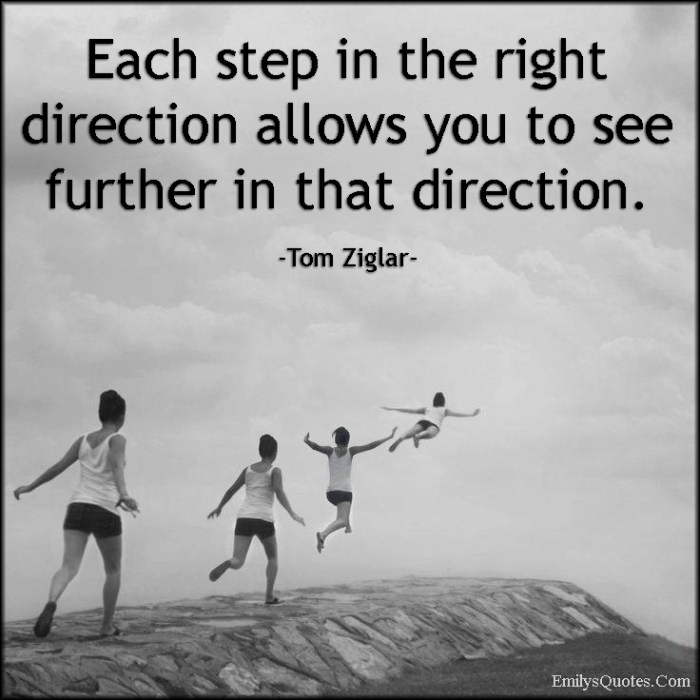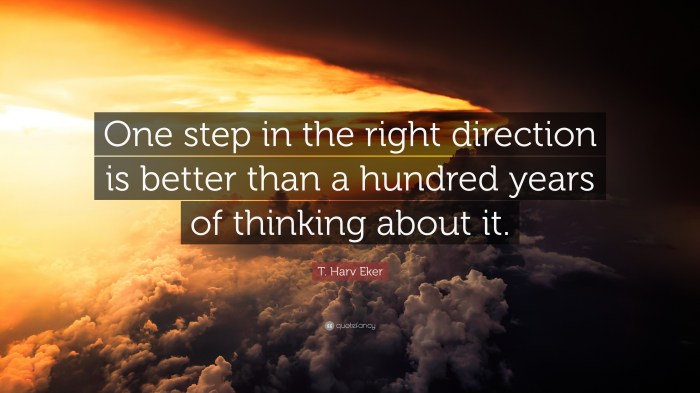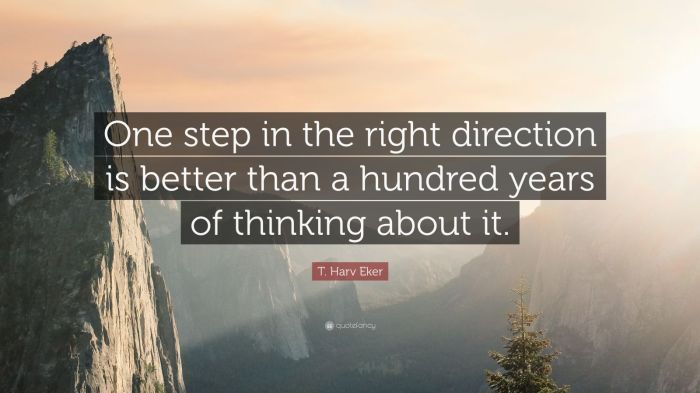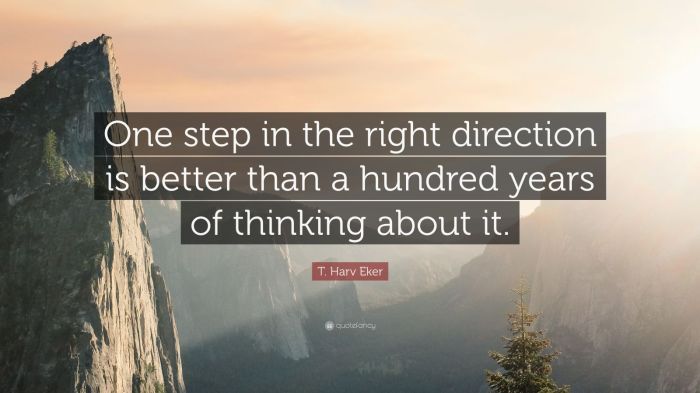Ever feel like you’re taking two steps forward and one step back? That’s the reality of progress, right? We’re all trying to move ahead, but the path isn’t always clear. It’s like those reality TV shows where everyone’s trying to win, but sometimes the “winners” end up in a whole different mess.
In this blog post, we’ll explore the philosophy of progress, the challenges of navigating uncertainty, and the importance of reflecting on our journey.
Think about it: History is full of “progress” that led to unexpected consequences. Remember the invention of the car? Totally changed transportation, but also brought traffic jams, pollution, and road rage. So, how do we make sure we’re moving forward in the right direction?
We’ll dive into some strategies for making informed decisions and taking calculated risks, because let’s be honest, sometimes the best way to learn is by doing, even if it means tripping a little along the way.
The Philosophy of Progress

Progress, the idea of moving forward and improving, is a fundamental concept in human history. However, the pursuit of progress is not always straightforward. It often involves navigating a complex interplay between moving forward and ensuring that the direction of that movement is beneficial.
The inherent tension lies in the potential for progress to lead to unforeseen consequences, sometimes even detrimental ones.
Examples of Progress with Negative Consequences
Examples of progress with unintended negative consequences are abundant throughout history. For instance, the Industrial Revolution, while bringing about significant advancements in technology and manufacturing, also led to widespread pollution, exploitation of workers, and the rise of urban slums. Similarly, the development of nuclear weapons, a technological marvel, raised the specter of global annihilation.
These examples highlight the importance of carefully considering the potential downsides of progress, even as we celebrate its benefits.
Progress as a Continuous Process of Trial and Error
Progress is not a linear path but rather a continuous process of trial and error. Setbacks and unintended consequences are inevitable. Learning from these mistakes is crucial for navigating the path toward a more positive future.
Navigating Uncertainty
The future is inherently uncertain. We can’t predict every twist and turn, and even our best-laid plans can be disrupted by unexpected events. This inherent uncertainty makes decision-making a complex process, especially when it comes to charting a path forward.
The Challenges of Decision-Making in the Face of Uncertainty
Uncertainty presents a significant challenge for decision-making. When we lack complete information, it’s difficult to assess the potential risks and rewards associated with different choices. This can lead to hesitation, indecisiveness, and even paralysis by analysis.
Taking a step forward, even if it’s just a small one, can make a huge difference. Sometimes, it’s all about finding the right tools to help you on your journey. If you’re looking for a way to unwind and celebrate the beauty of Black and Brown women, check out the Black Woman Coloring Book.
It’s a great way to take a moment for yourself and appreciate the amazing diversity of our community. Who knows, maybe coloring will inspire you to take that next step forward, too!
Examples of Calculated Risks Leading to Progress
Despite the inherent challenges, taking calculated risks can be essential for progress. Throughout history, numerous individuals and organizations have embraced uncertainty and achieved remarkable results.
“The greatest danger for most of us is not that our aim is too high and we miss it, but that it is too low and we reach it.”
Life’s a rollercoaster, yo! Sometimes you’re soaring high, sometimes you’re stuck in a loop. But every step, even if it’s sideways, is a chance to learn and grow. So, if you’re looking for a little motivation to take that next step, Download And Listen Here for some inspiration that’ll get you pumped up.
Remember, one step forward, even if it’s not the right direction, is better than standing still.
Michelangelo
- The development of the internet was a risky venture, but it revolutionized communication and information sharing.
- Elon Musk’s SpaceX program faced countless obstacles, but its innovative approach to space exploration has opened new possibilities.
- Apple’s introduction of the iPhone was a bold move in a crowded market, but it redefined the smartphone industry.
The Importance of Gathering Information and Considering Different Perspectives
To navigate uncertainty effectively, it’s crucial to gather as much information as possible and consider different perspectives. This involves:
- Researching and analyzing data: This helps to understand the current landscape and identify potential trends.
- Consulting with experts: Seeking input from individuals with specialized knowledge can provide valuable insights and perspectives.
- Engaging in dialogue: Discussing ideas and perspectives with others can challenge assumptions and lead to new insights.
The Role of Reflection

In the pursuit of progress, it’s easy to get caught up in the momentum of moving forward. However, to ensure we’re making meaningful strides, it’s crucial to regularly take a step back and reflect on our journey. Reflection allows us to assess our progress, identify areas for improvement, and refine our approach for future success.
Sometimes you gotta take a step back to see where you’re going, you know? Like, you might think you’re on the right track, but then you stumble across something that totally blows your mind, like this awesome article on Electric Wizard, Come My Fanatics A Journey into the World of Electric Wizard , and suddenly you’re like, “Whoa, I gotta rethink my whole plan!” It’s all about finding what inspires you, even if it’s a little off the beaten path, and then taking that one step forward, ideally in the right direction, right?
Assessing Progress and Making Adjustments
Reflection provides a valuable opportunity to evaluate our progress objectively. By looking back on our decisions and actions, we can determine what worked well and what needs improvement. This process helps us identify patterns, understand the impact of our choices, and adjust our strategies accordingly.
Regular reflection allows us to course-correct and ensure we’re moving in the right direction, maximizing our chances of achieving our goals.
Life’s a rollercoaster, you know? One minute you’re on top of the world, the next you’re feeling like you’re taking two steps back. But like BTS says, “We are bulletproof, we are unstoppable,” and that’s what we gotta remember, right?
If you want to get the lowdown on how these seven guys rose to global stardom, check out BTS The Biography of BTS. Their journey’s a testament to the power of hard work, perseverance, and a whole lotta talent.
So next time you feel like you’re stuck in a rut, just remember, one step forward, even if it’s in the right direction, is better than standing still.
A Framework for Reflection
To make reflection a more structured and effective process, we can adopt a framework that guides our self-assessment. One such framework involves these steps:
- Define Goals and Objectives:Clearly define the specific goals and objectives we aim to achieve. This provides a clear roadmap for our progress and a benchmark against which we can measure our achievements.
- Review Past Decisions and Actions:Examine our past decisions and actions, considering both successes and failures. This includes analyzing the reasoning behind our choices and the impact they had on our progress.
- Identify Areas for Improvement:Based on our review, identify areas where we can improve our strategies, processes, or skills. This might involve learning new techniques, refining our approach, or seeking guidance from others.
- Develop Action Plans:Create actionable plans to address the areas for improvement we identified. This involves setting specific goals, outlining steps to take, and establishing timelines for implementation.
- Monitor and Evaluate Progress:Regularly monitor our progress against the action plans we developed. This involves tracking our achievements, identifying any roadblocks, and making necessary adjustments to our plans.
Questions to Guide Self-Reflection
A series of questions can help guide our self-reflection and ensure we’re covering all the necessary aspects of our journey. Some key questions to consider include:
- What progress have we made towards our goals?
- What decisions or actions contributed to our successes?
- What decisions or actions hindered our progress?
- What lessons have we learned from our experiences?
- What areas can we improve upon to enhance our effectiveness?
- What new skills or knowledge do we need to acquire to achieve our goals?
- What resources can we leverage to support our progress?
- What obstacles or challenges do we anticipate facing in the future?
- How can we adapt our strategies to overcome these obstacles?
Book Review

“One Step Forward (Ideally In The Right Direction)” is a captivating exploration of the complexities of progress, a journey that often feels like a series of missteps and unexpected turns. The book’s central theme, as the title suggests, revolves around the idea that progress is rarely a linear path, but rather a series of forward steps, some of which may lead us in the wrong direction.
The Book’s Central Theme and Relevance to “One Step Forward”
The book delves into the concept of “progress” as a multi-faceted phenomenon, challenging the simplistic notion of linear advancement. It argues that progress is often messy, unpredictable, and sometimes even counterproductive. The author uses historical examples and contemporary case studies to illustrate how progress can be both a force for good and a source of unintended consequences.
The book’s central theme resonates deeply with the concept of “One Step Forward (Ideally In The Right Direction)” by emphasizing the importance of embracing uncertainty and navigating the complexities of progress.
The Author’s Perspective on the Challenges and Rewards of Taking Risks and Making Progress
The author presents a nuanced perspective on the challenges and rewards of taking risks and making progress. He acknowledges that taking risks is essential for growth and innovation, but he also cautions against reckless and impulsive action. The book emphasizes the importance of careful planning, reflection, and a willingness to adapt to changing circumstances.
The author suggests that progress is not solely about achieving predetermined goals, but also about learning from mistakes and adapting to new realities.
Comparison of the Book’s Approach to Progress with Other Philosophical or Practical Perspectives
The book’s approach to progress can be compared to other philosophical and practical perspectives on the subject. For example, the book shares similarities with the “Lean Startup” methodology, which emphasizes the importance of experimentation, iteration, and learning from failures.
The book also aligns with the principles of “Agile Development,” which encourages flexibility, collaboration, and continuous improvement. However, the book also distinguishes itself by offering a more introspective and philosophical perspective on progress, emphasizing the importance of reflection, self-awareness, and ethical considerations.
Summary
Progress isn’t a straight line; it’s a winding road filled with unexpected turns and detours. The key is to be mindful, to reflect on our choices, and to learn from our experiences. Just like those inspiring “before and after” stories, we can use our setbacks as opportunities to grow and evolve.
So, take that next step, even if you’re a little nervous. Who knows? You might just surprise yourself and end up somewhere amazing.
Essential Questionnaire
What if I take a step forward and it turns out to be a mistake?
Don’t sweat it! Mistakes are part of the process. The important thing is to learn from them and adjust your course. Think of it like a game of chess – you have to adapt to your opponent’s moves.
How can I tell if I’m making progress?
Set goals, track your progress, and celebrate your wins! Even small victories can give you the motivation to keep going. And don’t be afraid to ask for feedback from others.
What’s the best way to reflect on my journey?
Journaling, meditation, and talking to trusted friends or mentors can help you gain clarity and identify areas for improvement.

